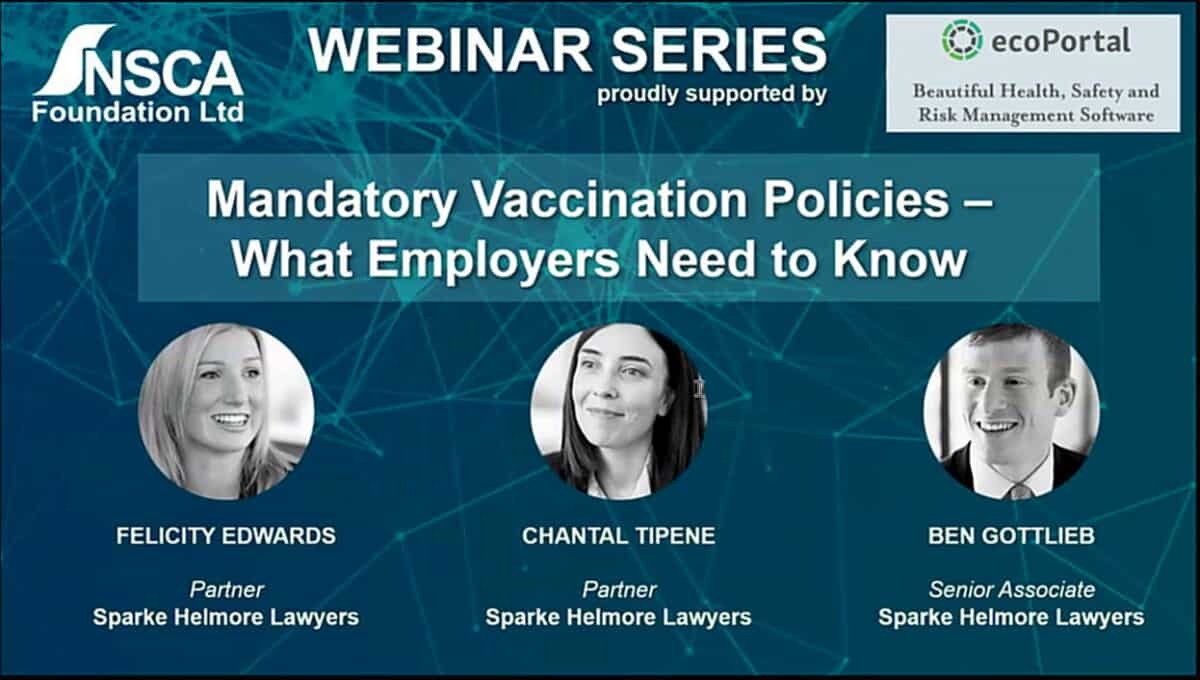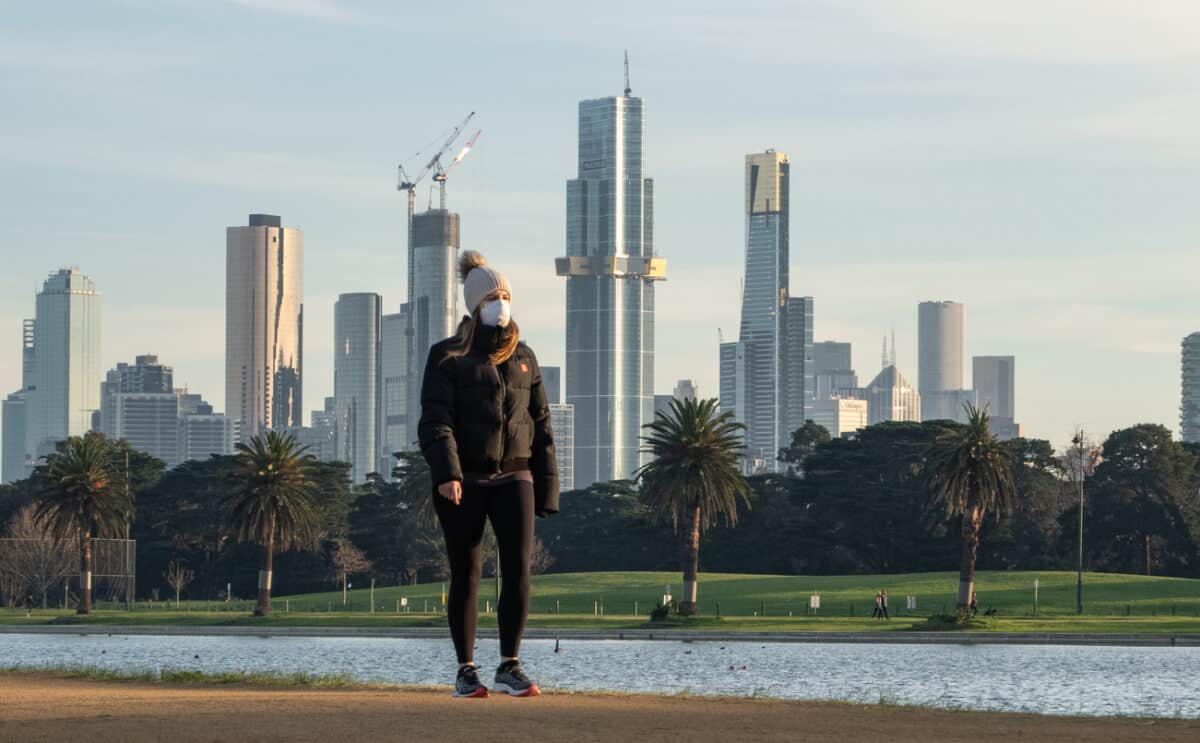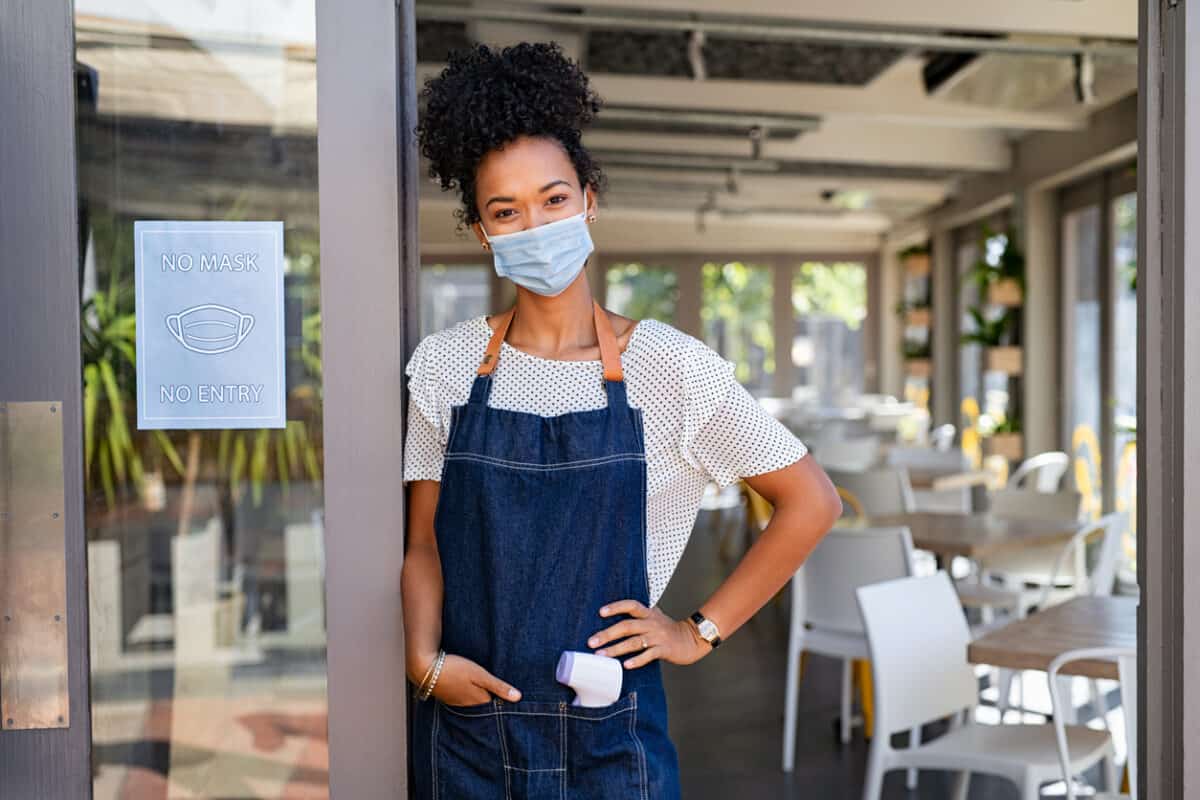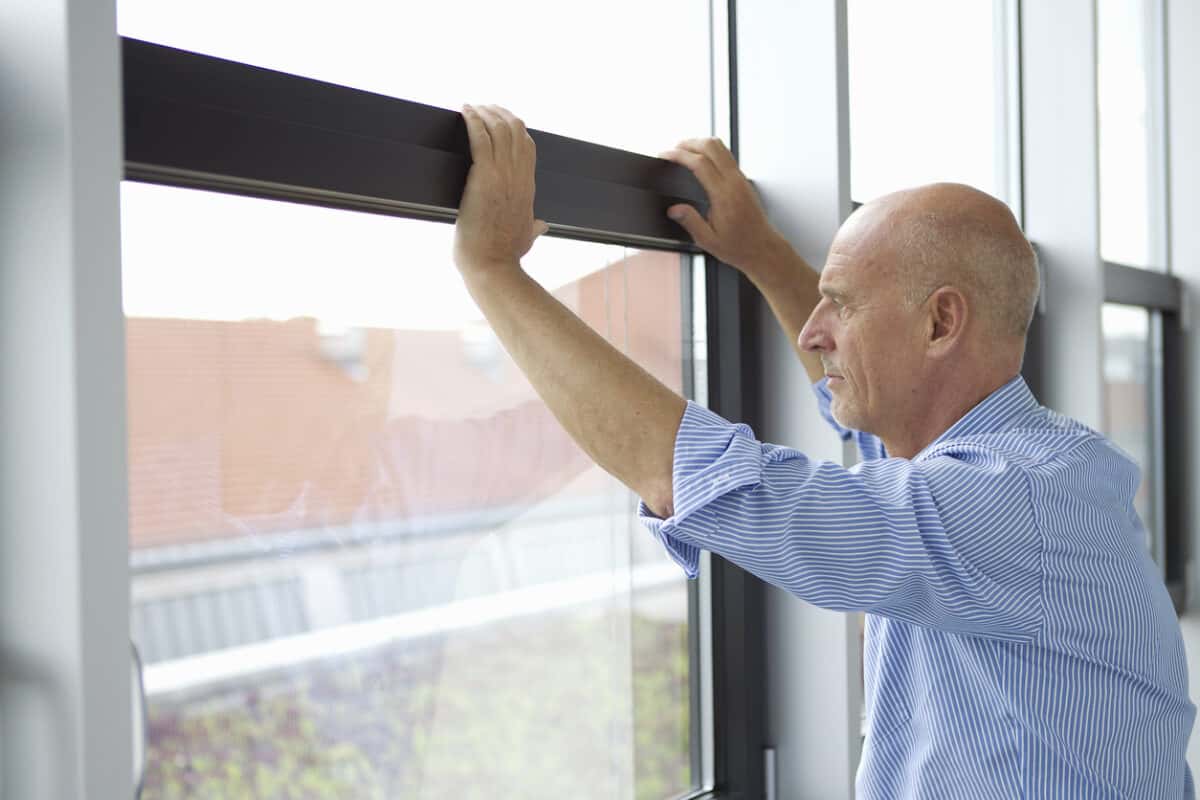Recently NSCA Foundation conducted an online seminar on mandatory vaccinations. As happens with many online seminars, this one became more of a lecture because there was insufficient time allocated to answer the questions from the audience. The online seminar was in three sections – Occupational Health and Safety (OHS), Industrial Relations (IR) and Privacy. The information from Sparke Helmore lawyers was fine and current, but the questions from the audience provide an interesting insight on some of the main COVID vaccine challenges facing employers.
The seminar started with a useful poll. Below are the questions and results:







